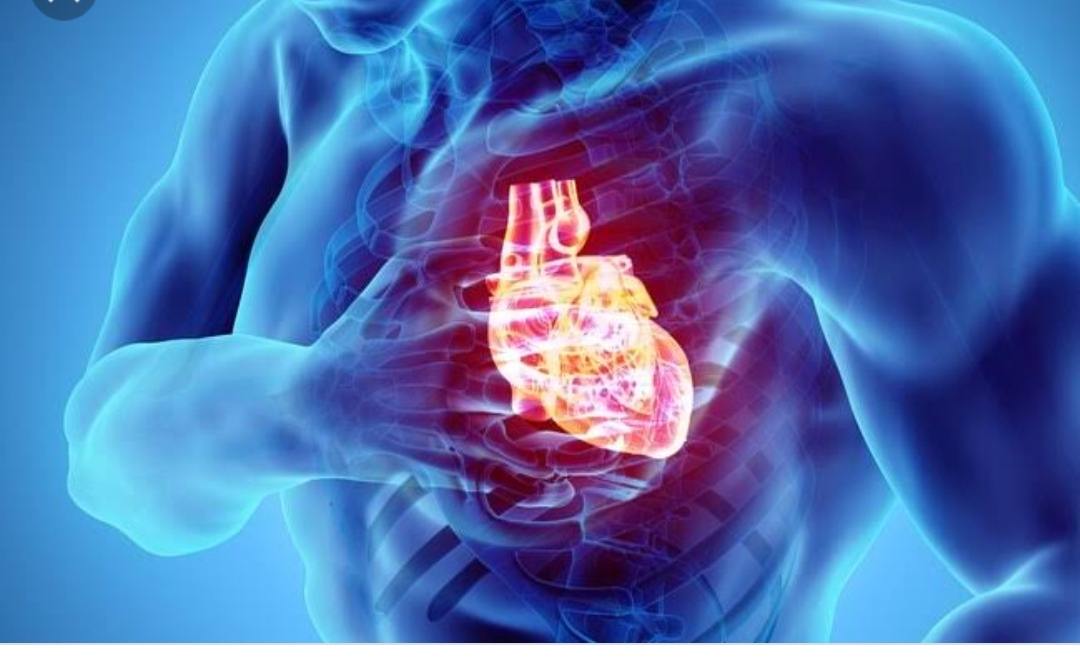Ischemic heart disease (IHD), characterized by reduced blood supply to the heart muscle, remains a leading cause of mortality worldwide.
Managing IHD involves not only acute treatment but also robust secondary prevention strategies to reduce the risk of recurrent events and improve long-term outcomes for patients. This article explores the comprehensive approach to secondary prevention of ischemic heart disease, focusing on evidence-based interventions and strategies.
What Is Ischemic Heart Disease?
Ischemic heart disease occurs when there is a narrowing or blockage of the coronary arteries, typically due to atherosclerosis. This leads to reduced blood flow to the heart muscle, causing chest pain (angina) or a heart attack (myocardial infarction). Managing IHD involves addressing both acute symptoms and long-term preventive measures to minimize the risk of future cardiovascular events.
SEE ALSO: 5 Major Causes of Triple Vessel Disease
Primary Prevention Vs. Secondary Prevention
Primary prevention aims to prevent the initial development of cardiovascular disease through lifestyle modifications (e.g., diet, exercise) and treating risk factors (e.g., hypertension, diabetes).
Secondary prevention, on the other hand, focuses on patients who already have established IHD or have experienced a cardiovascular event. It aims to prevent recurrence, reduce disease progression, and improve overall cardiovascular health.
Components of Secondary Prevention for Ischemic Heart Disease
Lifestyle Modifications:
Smoking Cessation: Smoking is a major risk factor for IHD. Smoking cessation programs and counseling are crucial to reduce the risk of recurrent events.
Healthy Diet: Emphasizing a heart-healthy diet rich in fruits, vegetables, whole grains, and low in saturated fats, trans fats, and cholesterol helps manage blood pressure and cholesterol levels.
Regular Physical Activity: Engaging in regular aerobic exercise improves cardiovascular fitness and reduces the risk of obesity, hypertension, and diabetes.
Medical Management:
Antiplatelet Therapy: Aspirin and other antiplatelet medications (e.g., clopidogrel) reduce the risk of blood clots and subsequent myocardial infarction.
Lipid-Lowering Therapy: Statins are the cornerstone of therapy to reduce LDL cholesterol levels, thereby slowing the progression of atherosclerosis and reducing cardiovascular events.
Blood Pressure Control: Managing hypertension through lifestyle changes and antihypertensive medications (e.g., ACE inhibitors, beta-blockers) reduces the risk of stroke, heart failure, and myocardial infarction.
Diabetes Management: Optimal control of blood glucose levels in diabetic patients reduces the risk of cardiovascular complications.
Cardiac Rehabilitation:
Exercise Training: Structured exercise programs tailored to individual capabilities improve cardiovascular fitness and overall quality of life.
Education and Counseling: Providing patients with information on heart-healthy behaviors, medication adherence, and stress management promotes long-term adherence to preventive measures.
Psychosocial Support:
Stress Management: Techniques such as mindfulness, meditation, and stress-reduction programs help mitigate psychological stress, which can exacerbate cardiovascular risk.
Support Groups: Encouraging participation in support groups or counseling sessions fosters emotional well-being and adherence to treatment plans.
Surgical and Interventional Procedures:
Coronary Revascularization: In some cases, coronary artery bypass grafting (CABG) or percutaneous coronary intervention (PCI) may be necessary to improve blood flow to the heart muscle and alleviate symptoms.
Implantable Devices: Devices such as implantable cardioverter-defibrillators (ICDs) or cardiac resynchronization therapy (CRT) devices are used in select patients to manage arrhythmias or heart failure.
Implementing Secondary Prevention Strategies
Successful implementation of secondary prevention strategies requires a multidisciplinary approach involving cardiologists, primary care physicians, nurses, dietitians, and behavioral health specialists.
Key aspects include regular patient follow-up, monitoring of risk factors, medication management, and ongoing patient education.
Challenges And Future Directions
Despite significant advancements in the management of ischemic heart disease, challenges remain in optimizing secondary prevention efforts. These include ensuring patient adherence to treatment regimens, addressing socioeconomic barriers to healthcare access, and integrating novel therapies and technologies into clinical practice.
Conclution
In conclusion, secondary prevention plays a crucial role in the comprehensive management of ischemic heart disease. By addressing modifiable risk factors, promoting healthy behaviors, and employing evidence-based therapies, healthcare providers can significantly reduce the burden of recurrent cardiovascular events and improve the quality of life for patients with IHD. Continued research and innovation are essential to further enhance outcomes and reduce mortality associated with this prevalent cardiovascular condition.

